We use cookies and other technologies to personalize your experience and collect analytics.
Machine Painting
Machine Painting
6 October – 14 December 2024
Modern Art is pleased to present Machine Painting, an intergenerational exhibition of fourteen artists who produce paintings with the assistance of machines. The exhibition brings together works by Tauba Auerbach, Matthias Groebel, Peter Halley, Jacqueline Humphries, Albert Oehlen, Seth Price, Sigmar Polke, Avery Singer, Reena Spaulings, Wolfgang Tillmans, Christopher Kulendran Thomas, Rosemarie Trockel, Jack Whitten and Christopher Wool.
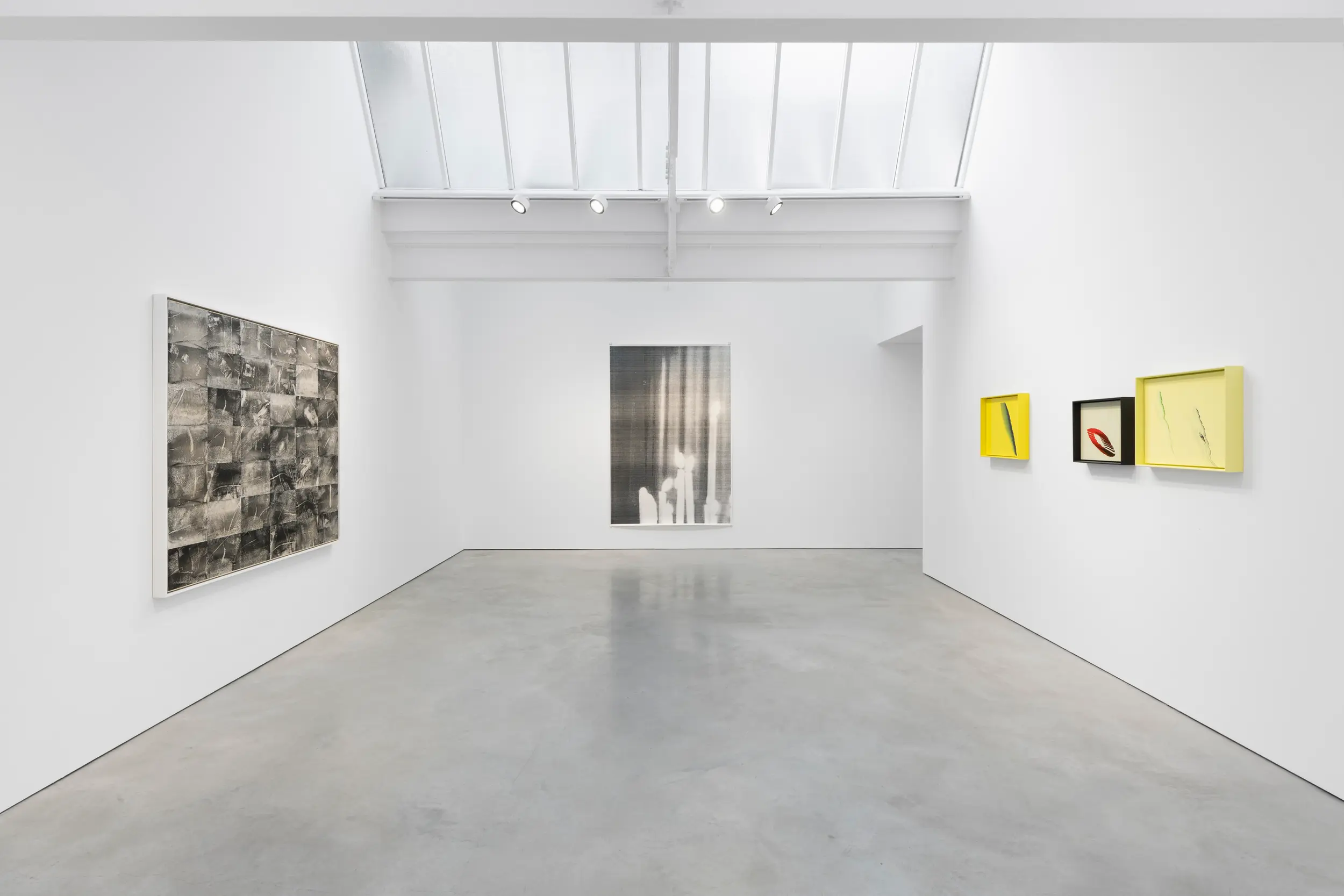

A touchstone for the exhibition is Giuseppe Pinot-Gallizio’s 1958 artwork Industrial Painting. Created by a painting machine equipped with rollers, it operated freely, and applied paint on lengths of canvas laid over tables; resulting in a seventy-four-metre-long painting that was subsequently spooled onto cylinders, suspended from the ground so that it can be unfurled for the viewer to see. In making this piece, Gallizio sought to mirror and critique the ceaseless industrial production line he observed in 50s Italy. Delegating labour to machines improves productivity on an industrial scale, but the more removed the labourer, the more pronounced and performative the machine’s role becomes.
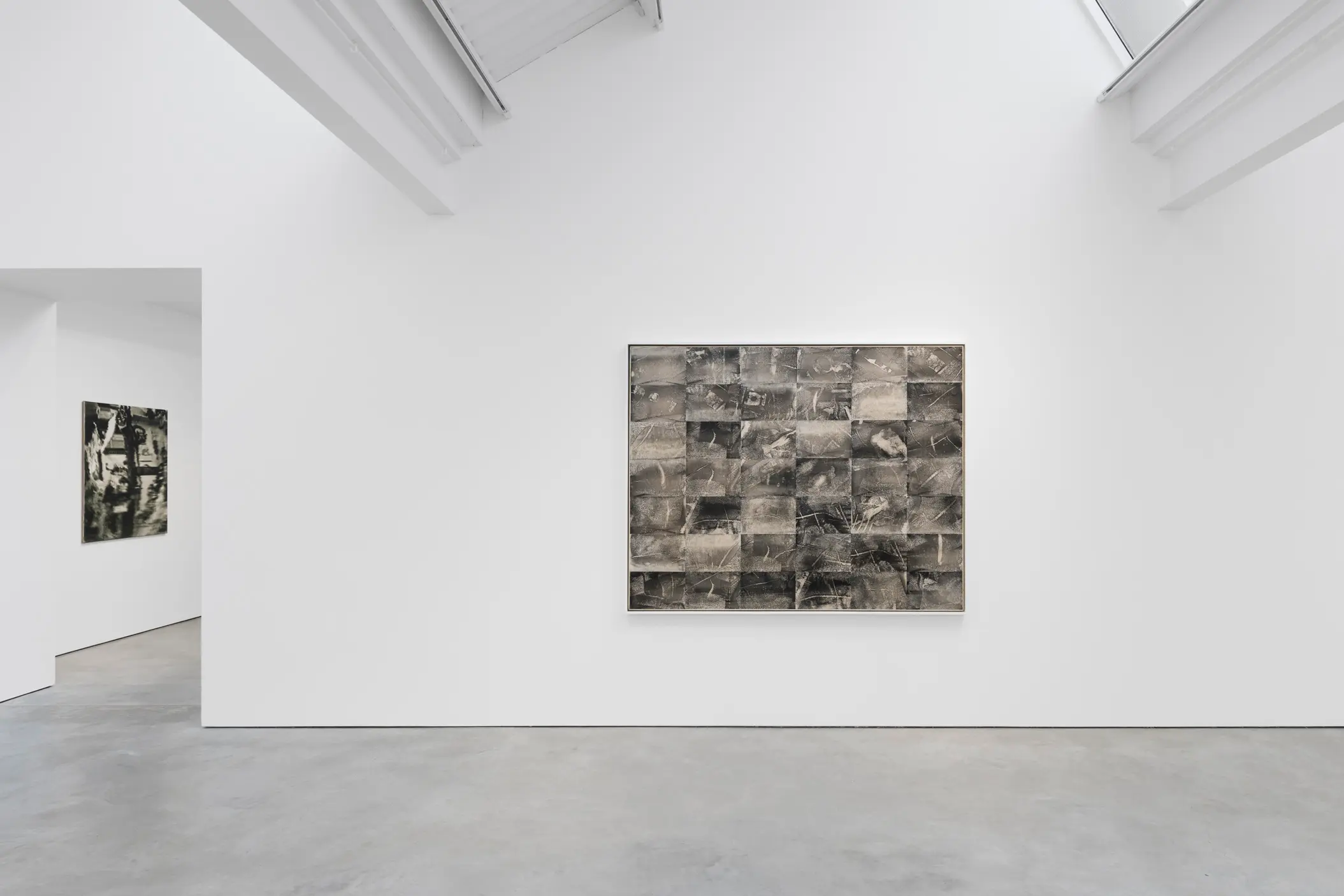
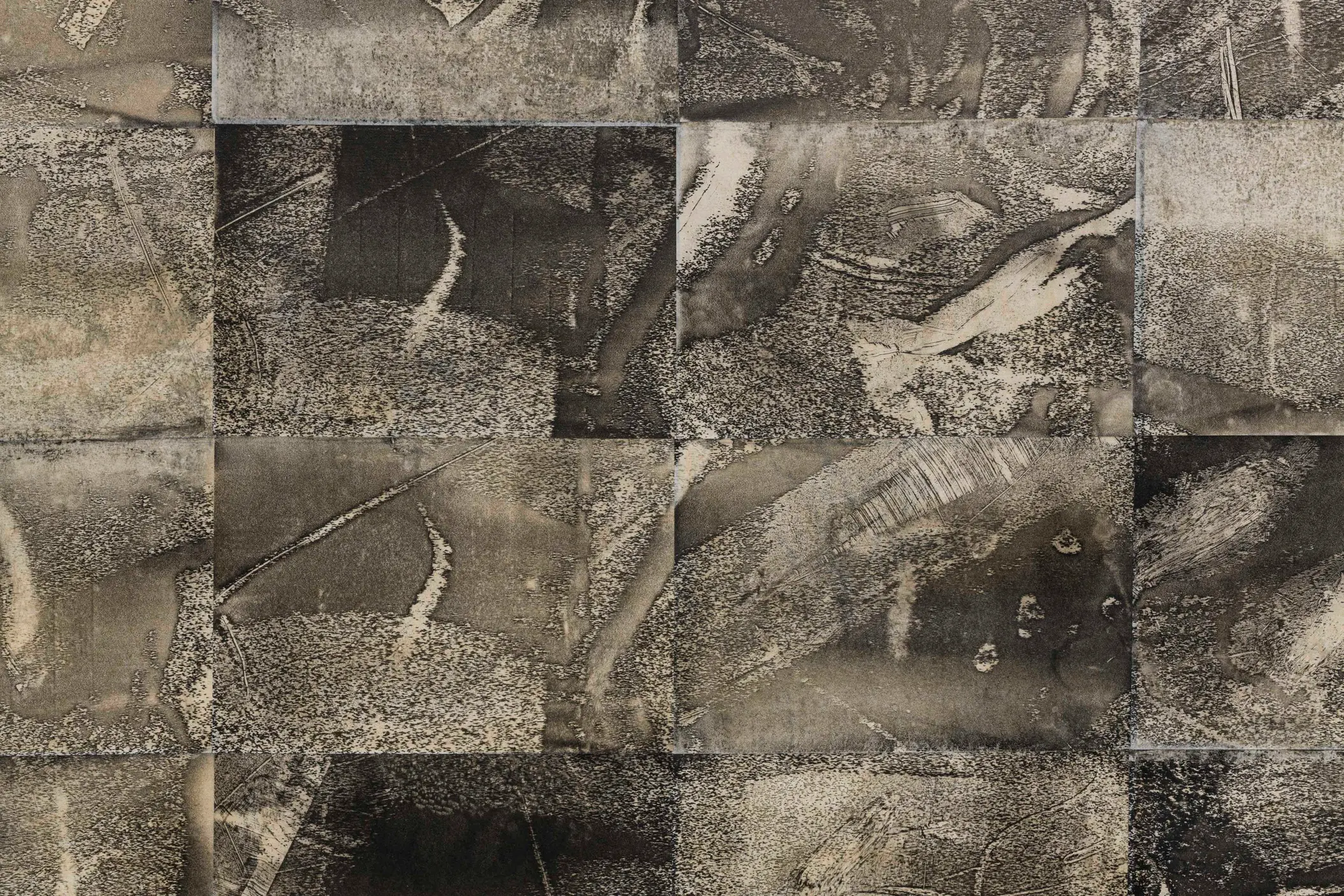
Evolving out of this example, Machine Painting includes artists who, from the 1970s to the present day, use mechanical apparatuses in the making of their work to propose a more collaborative relationship with machines. By various methods, these artists outsource their process, partially or wholly, while maintaining procedural control. Using analogue and digital methods, the painterly gesture - commonly associated with virtuosity - is incorporated into the artist’s vocabulary, and instrumentalised via multistage methods. The featured artists exploit the flat surface as a site to compress, distort, mediate and abstract images.
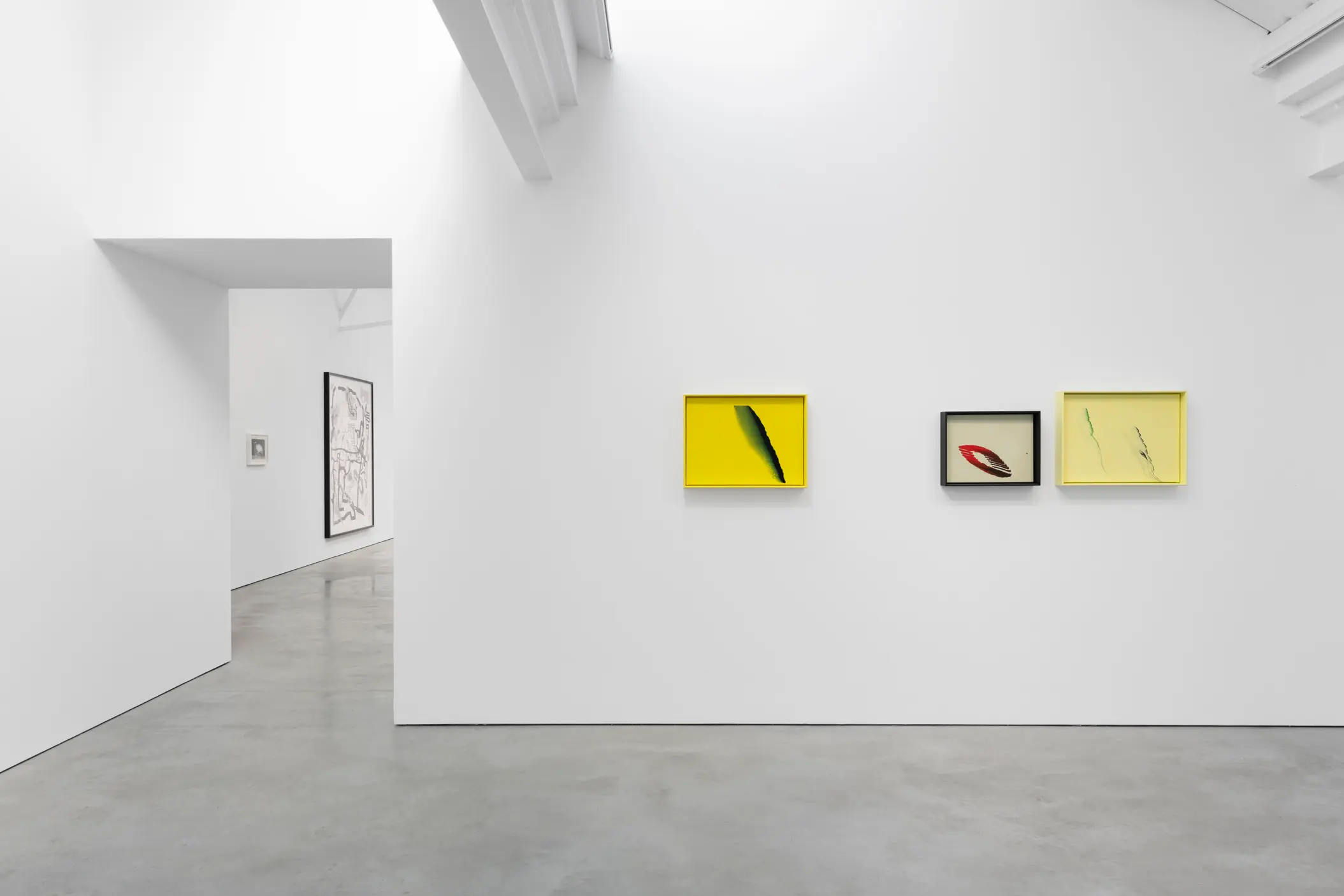
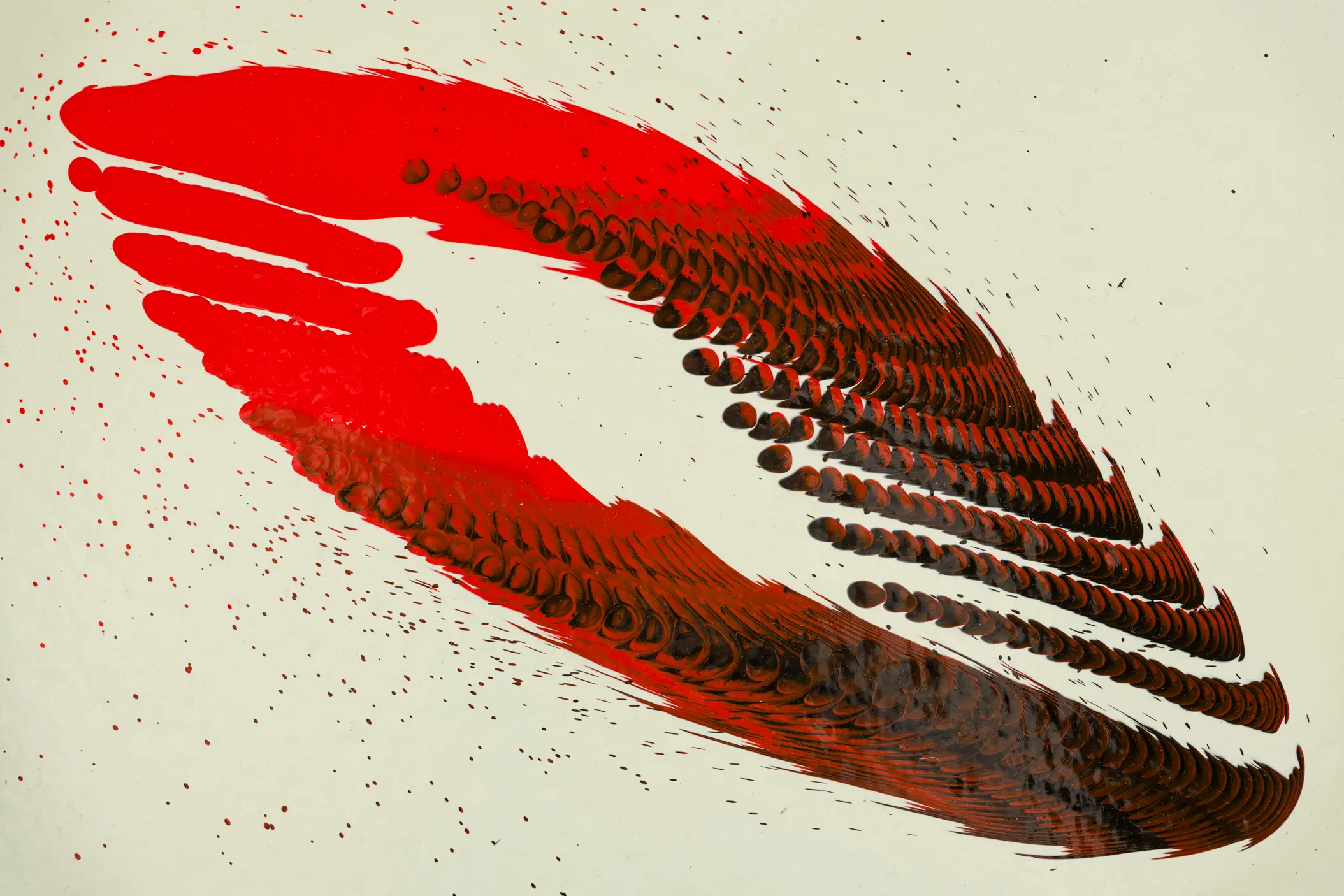
Machine Painting seeks to advance the discourse around machines in art, contesting the idea of machine production as cold and unthinking, and presenting the machine as a contemporary generative tool. Allowing the painted gesture to flow between digital and analogue states, Machine Painting encompasses various means of production, from the autonomous labour of machines to handmade processes that evoke machines.

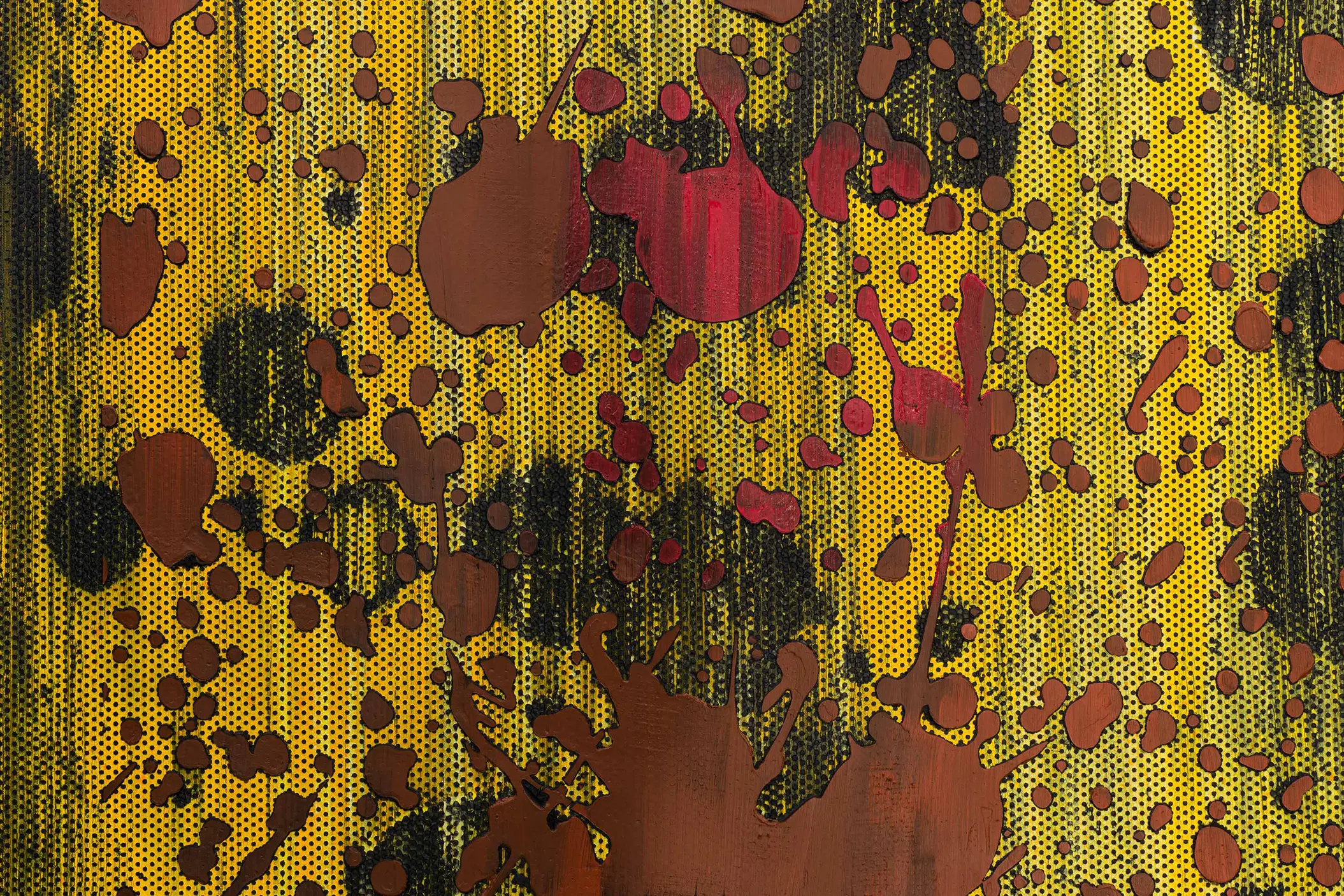
The exhibition broadly examines three themes: ‘Performing as Machine’; ‘Circulating Images; and ‘Outsourced Production’. Various subjects are explored such as: mark making delegated to autonomous apparatus; postmodernist critiques of authorship; artist acting as machine with analogue tools, the translation of data; the adoption of advancing technologies, the work of other artist’s as a geo-politcal tool; artist’s ‘painting’ in digital software, which is then transposed into the physical world; work that probes the idea of the ‘degrading’ image; the critique of automation and associations with labour; and a consideration of methods such as knitting that could be considered gendered work.
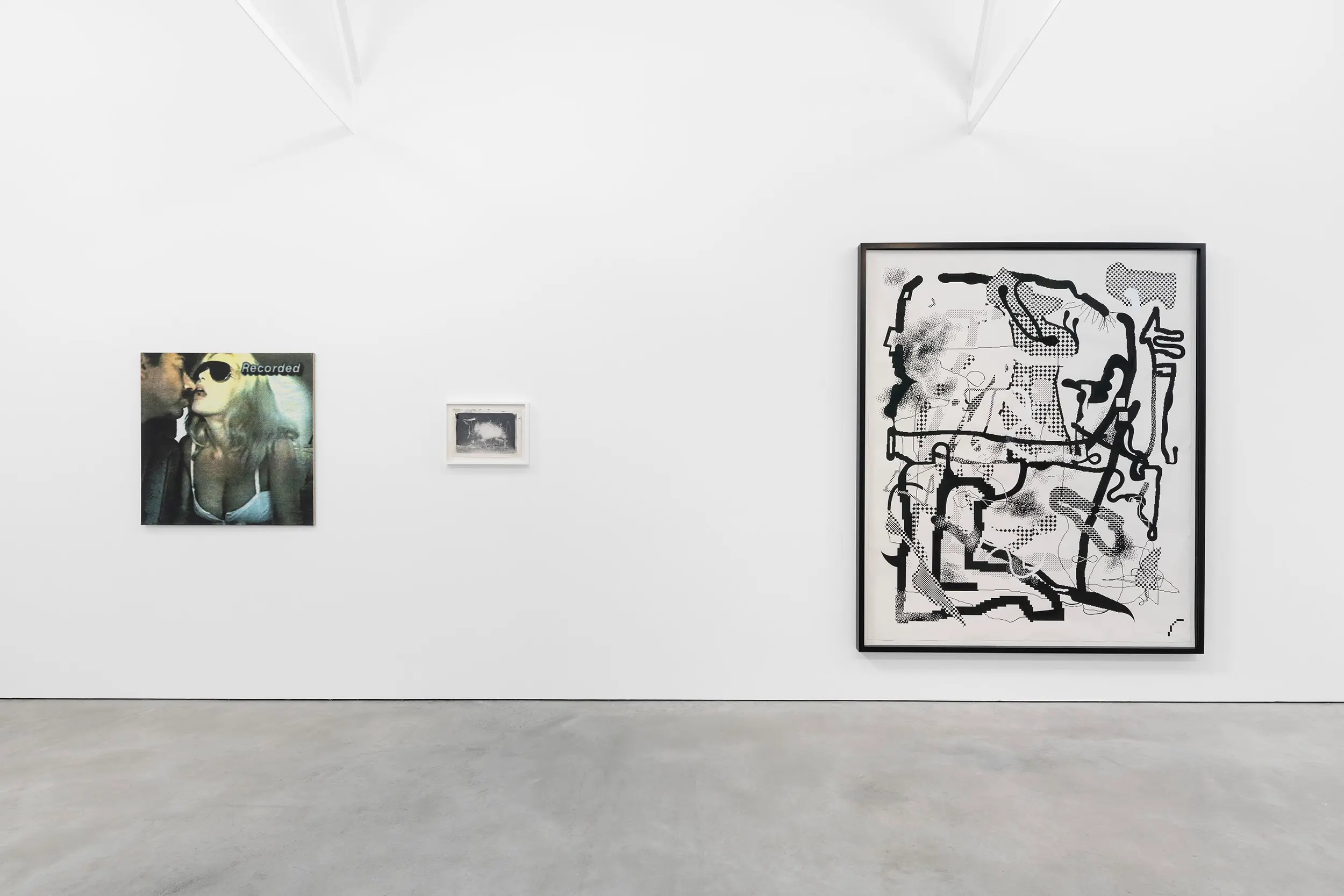

“One doesn’t want a picture to look ‘made’, like an automobile or a loaf of bread in waxed paper. Precision belongs to the world of machinery - which has its own forms of the beautiful”
– Robert Motherwell
The exhibition playfully rebuts Richard Motherwell’s reading of the place of the machine in art. Though the exhibition features many examples of digital and advanced technologies, it is centrally concerned with an approach to the haptic properties of painting. Each artist in their respective historical moment from the 1970s to the present day, exercises a high degree of intuitive play, engaging with technology as it develops in that moment, showing that the use of machines can produce images on the threshold between the painterly mark and the mechanical.
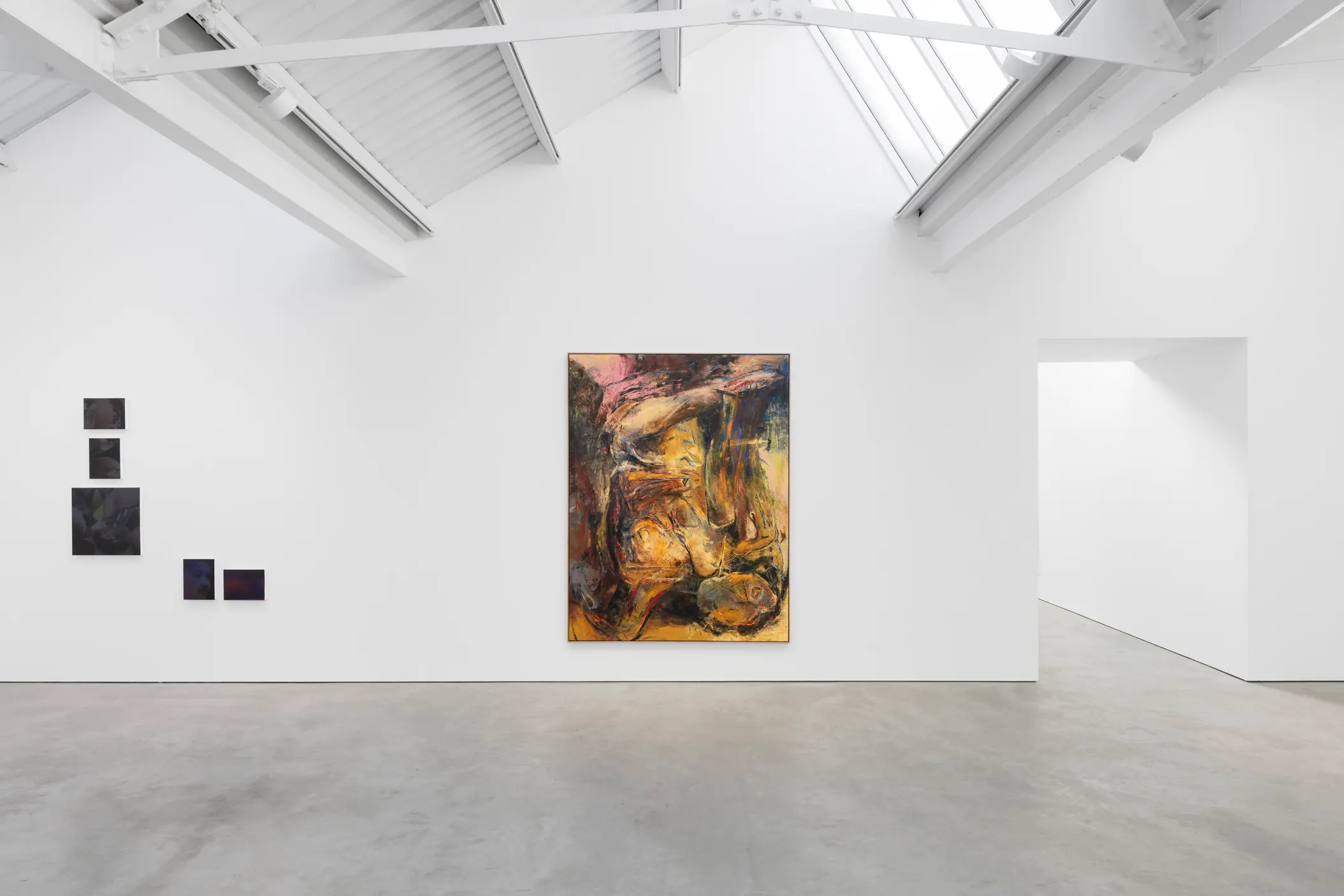
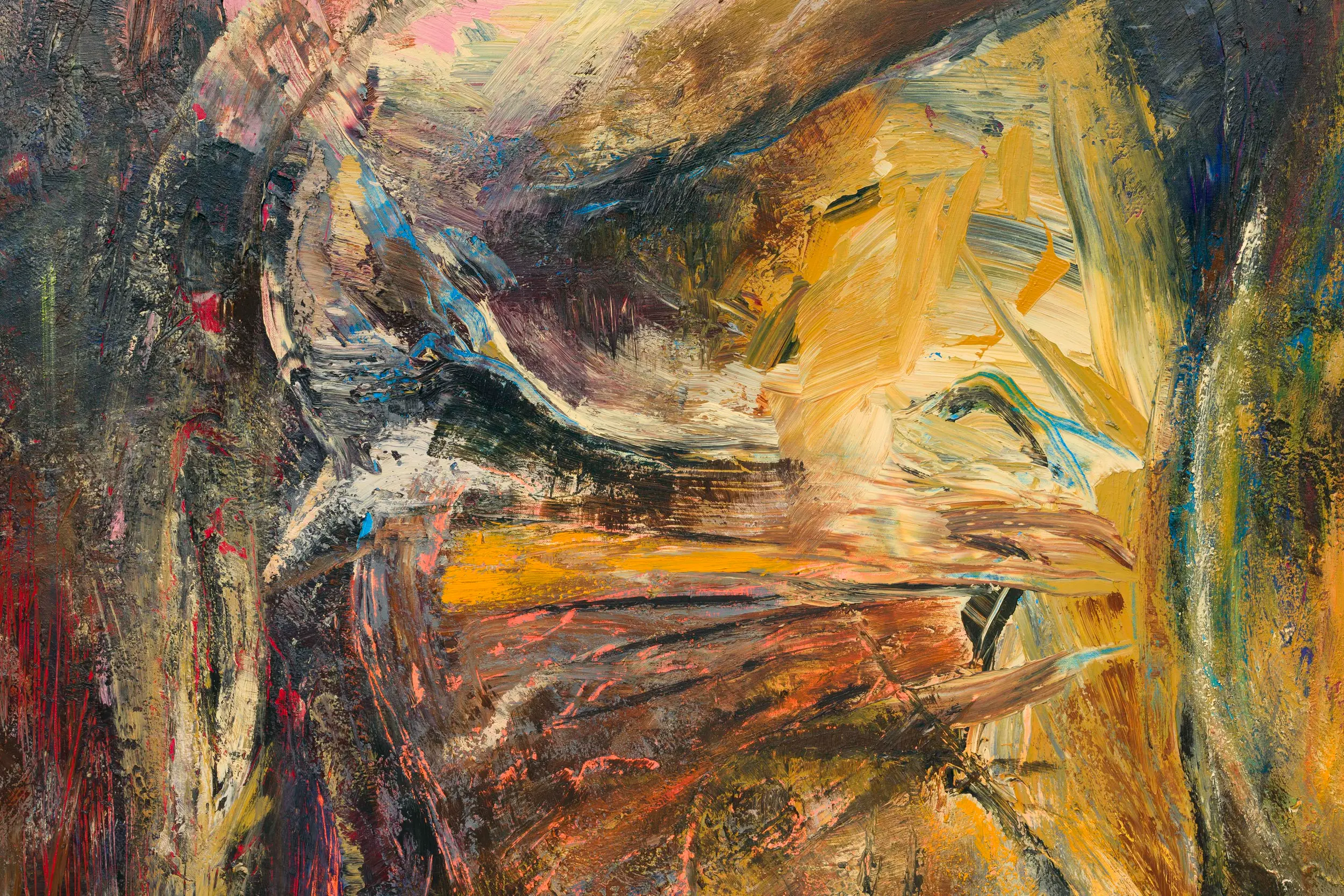
The featured artists have notably differing intentions in their use of machines: Jacqueline Humphries converts images of her past works into vector files to create self-analytical paintings; Christopher Kulendran Thomas uses neural networks to create composite images of Sri Lankan artists’ work which he renders on canvas; and Matthias Groebels’s machine transfers analogue television waves onto canvas. Wolfgang Tillmans’s photocopier works disavow the binary between image production and painting; whereas Tauba Auerbach and Jack Whitten use tools to channel a machine. While the paintings of Albert Oehlen and Reena Spaulings undermine the virtuosity of the artist’s hand, Avery Singer and Seth Price render their compositions with computers, partly realising their paintings with printers, constantly adopting advancing technologies. Rosemarie Trockel and Sigmar Polke in very different ways deploy industrial machines in the making of their renowned paintings; and Christopher Wool’s paintings perform a push and pull with the machinations between artist and machine. Finally, Peter Halley’s foundational 1983 animated work Exploding Cell shows a line drawn from left to right, becoming a horizon with a cell - a kinetic precursor to his subsequent paintings.

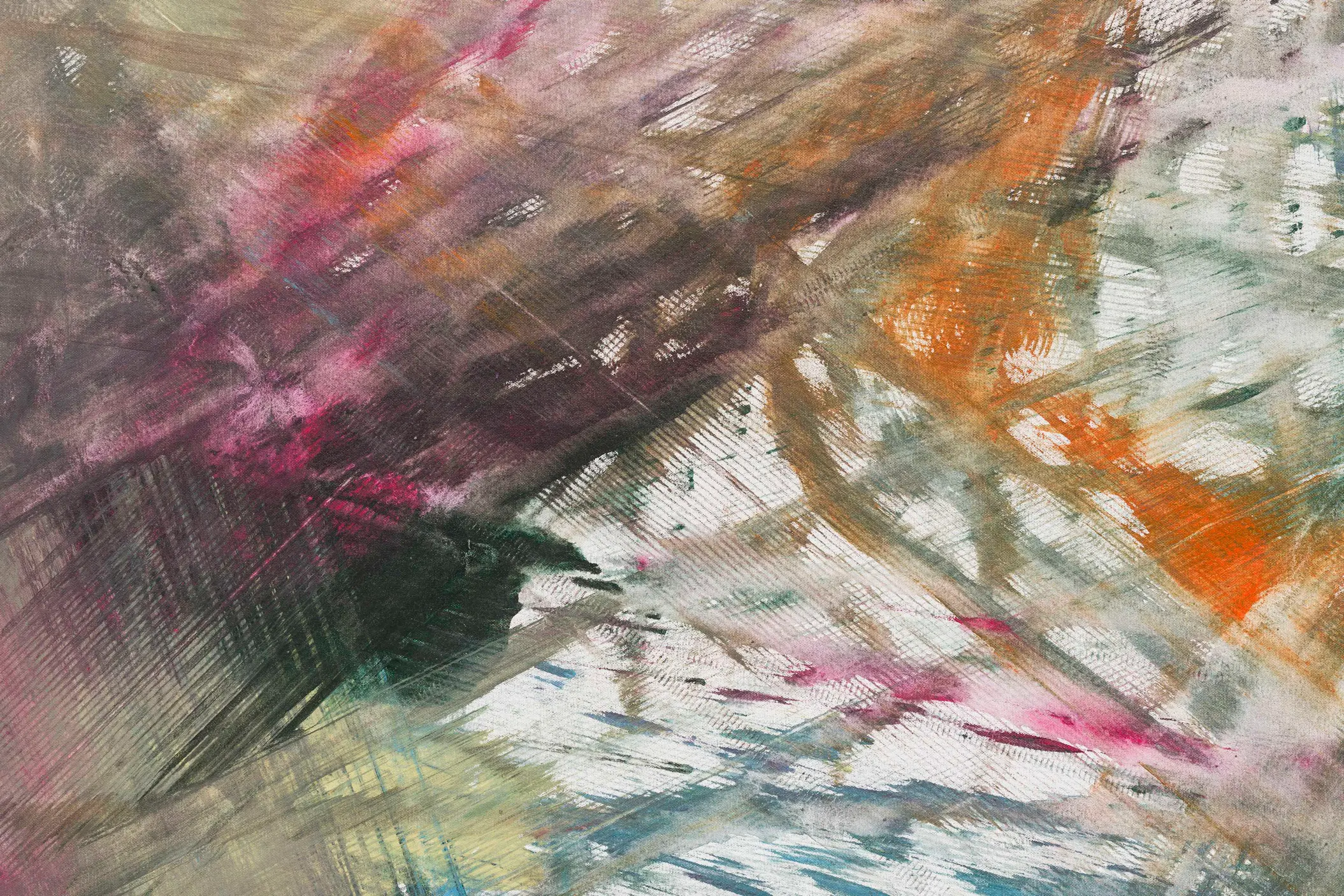
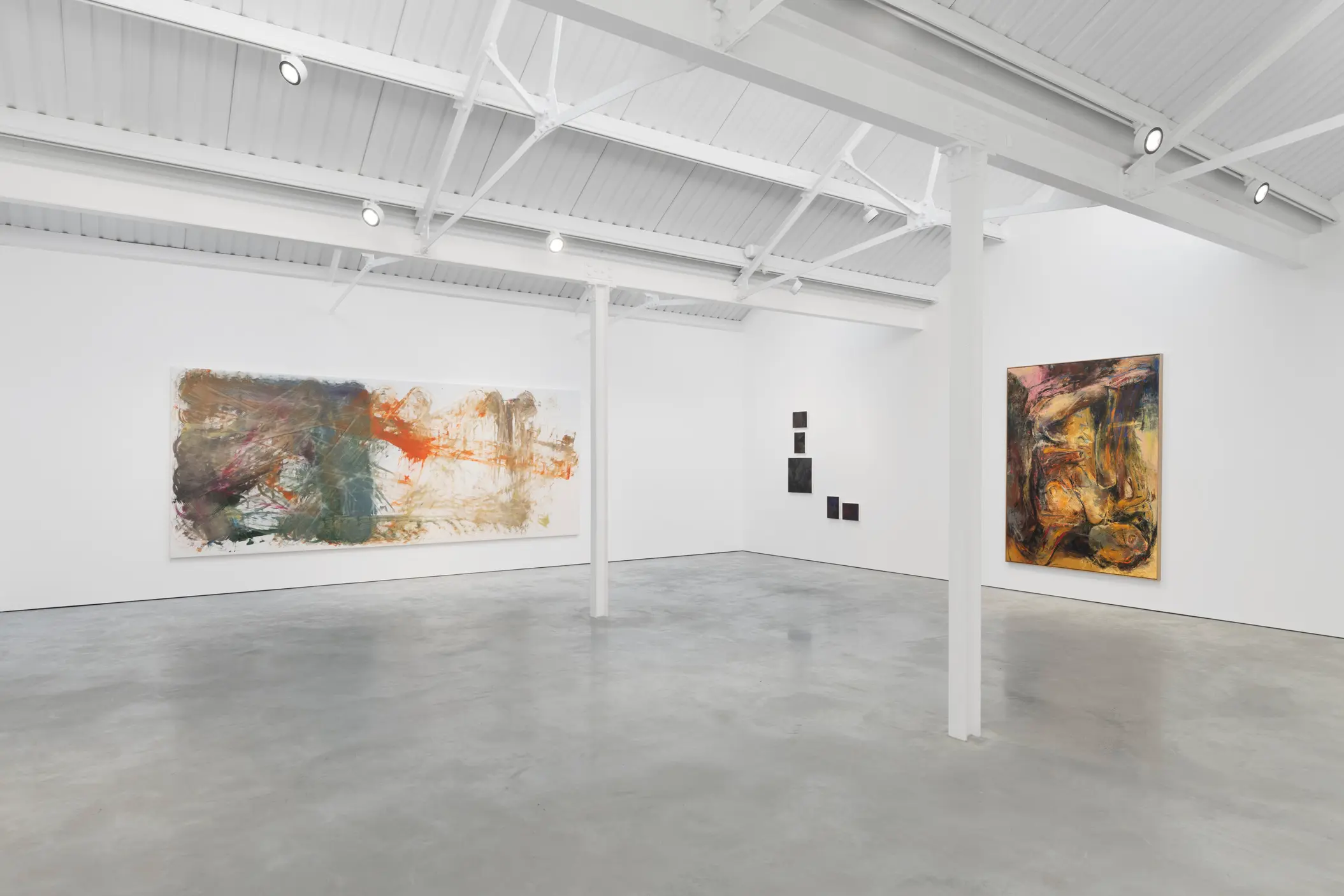
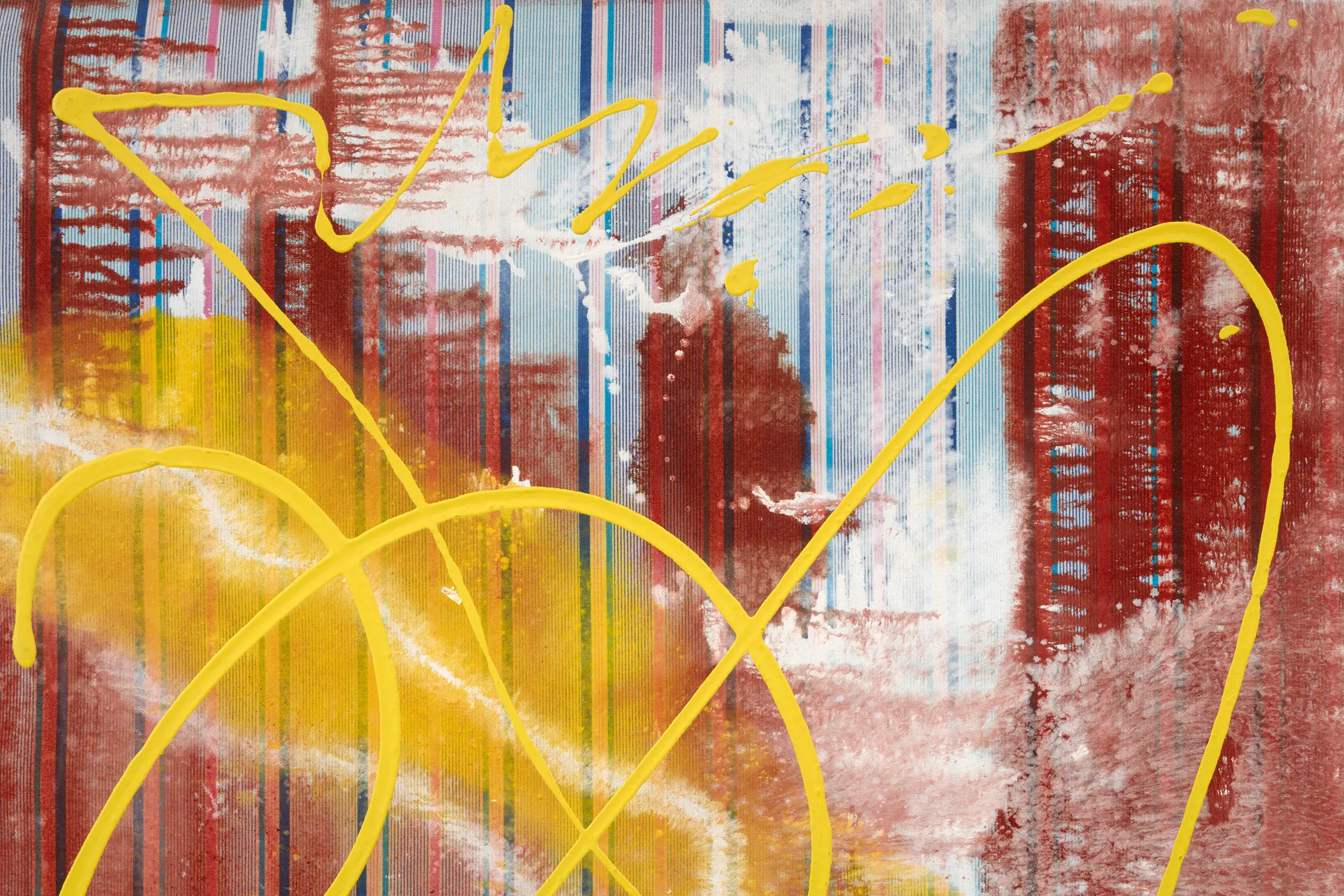
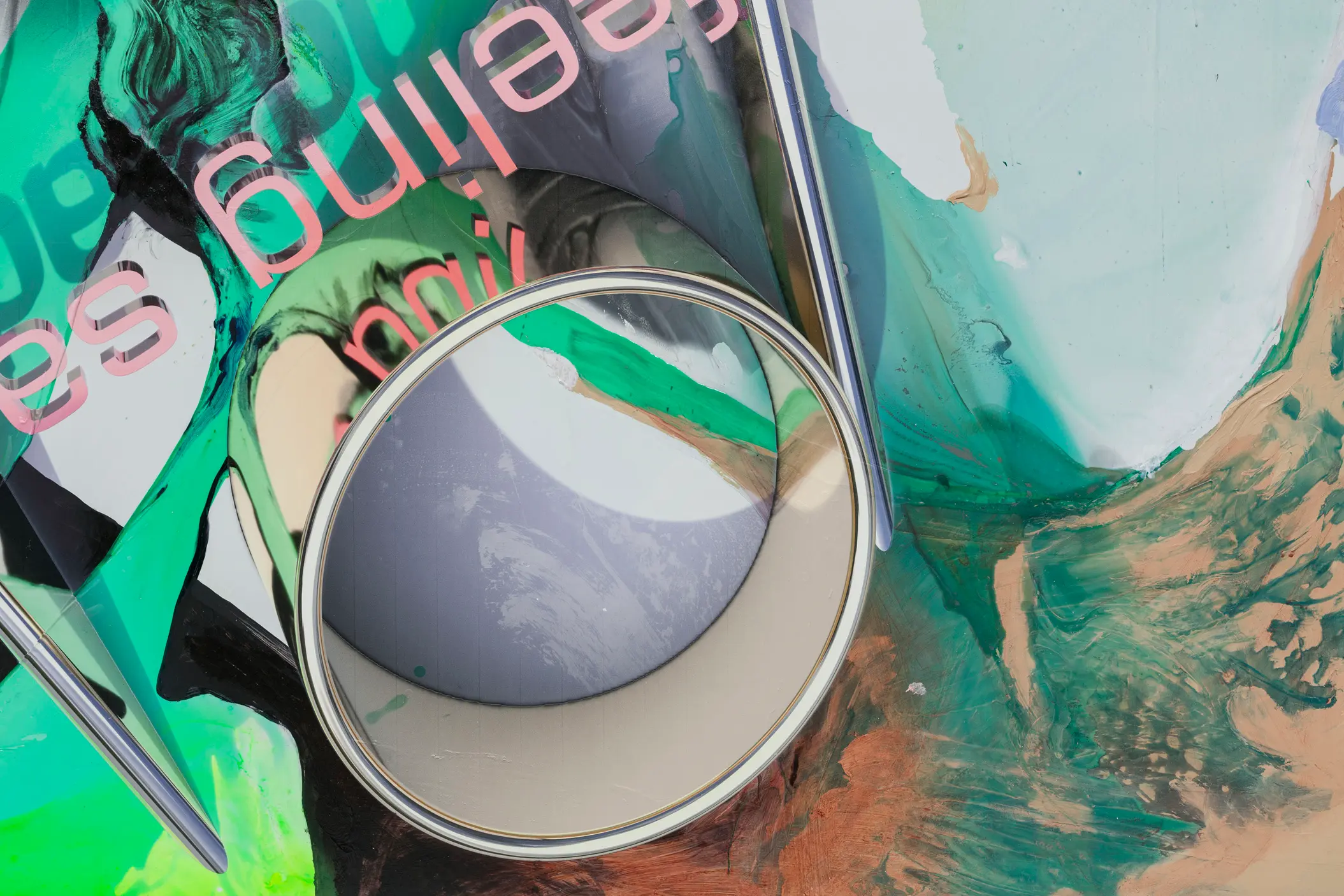
Press release
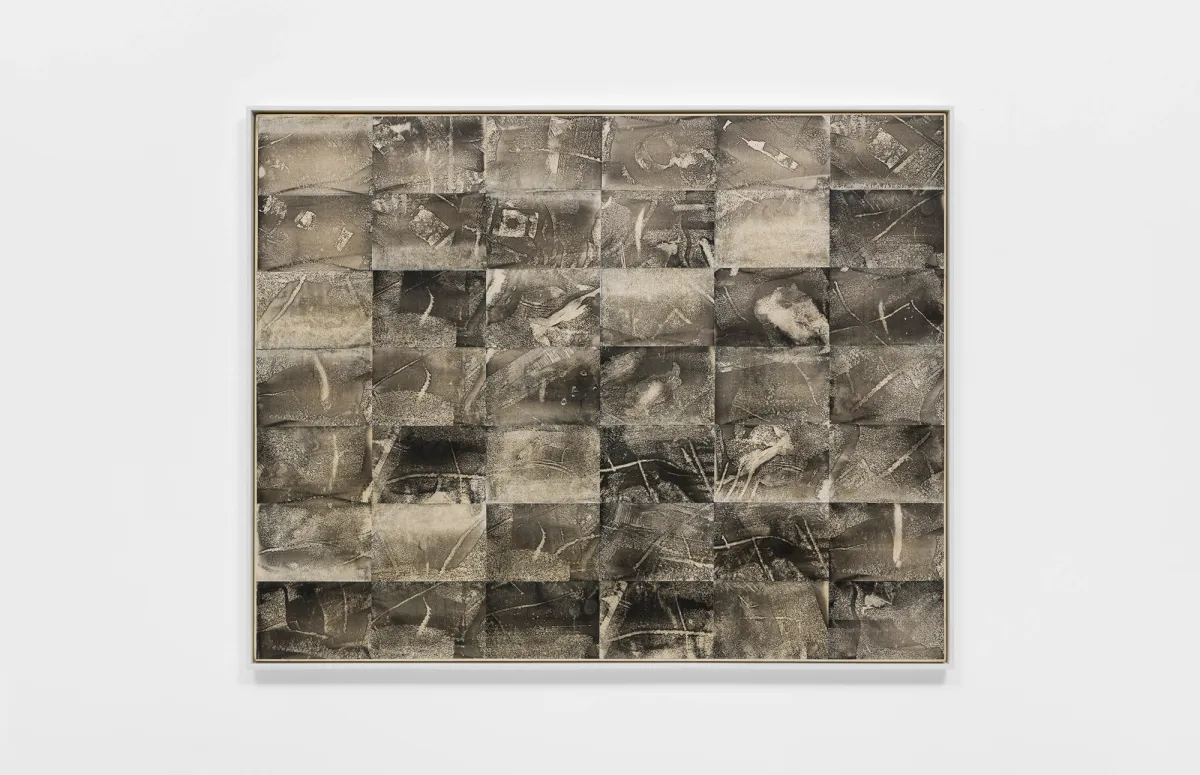
Tauba Auerbach, Matthias Groebel, Peter Halley, Jacqueline Humphries, Albert Oehlen, Seth Price, Sigmar Polke, Avery Singer, Reena Spaulings, Wolfgang Tillmans, Christopher Kulendran Thomas, Rosemarie Trockel, Jack Whitten and Christopher Wool.
Modern Art is pleased to present Machine Painting, an intergenerational exhibition of fourteen artists who produce paintings with the assistance of machines. A touchstone for the exhibition is Giuseppe Pinot-Gallizio’s 1958 artwork Industrial Painting. Created by a painting machine equipped with rollers, it operated freely, and applied paint on lengths of canvas laid over tables; resulting in a seventy-four-metre-long painting that was subsequently spooled onto cylinders, suspended from the ground so that it can be unfurled for the viewer to see. In making this piece, Gallizio sought to mirror and critique the ceaseless industrial production line he observed in 50s Italy. Delegating labour to machines improves productivity on an industrial scale, but the more removed the labourer, the more pronounced and performative the machine’s role becomes.
Evolving out of this example, Machine Painting includes artists who, from the 1970s to the present day, use mechanical apparatuses in the making of their work to propose a more collaborative relationship with machines. By various methods, these artists outsource their process, partially or wholly, while maintaining procedural control. Using analogue and digital methods, the painterly gesture - commonly associated with virtuosity - is incorporated into the artist’s vocabulary, and instrumentalised via multistage methods. The featured artists exploit the flat surface as a site to compress, distort, mediate and abstract images. Machine Painting seeks to advance the discourse around machines in art, contesting the idea of machine production as cold and unthinking, and presenting the machine as a contemporary generative tool more readily available today. Allowing the painted gesture to flow between digital and analogue states, Machine Painting encompasses various means of production, from the autonomous labour of machines to handmade processes that evoke machines.
The featured artists have notably differing intentions in their use of machines: Jacqueline Humphries converts images of her past works into vector files to create self-analytical paintings; Christopher Kulendran Thomas uses neural networks to create composite images of Sri Lankan artists’ work which he renders on canvas; and Matthias Groebels’s machine transfers analogue television waves onto canvas. Wolfgang Tillmans’s photocopier works disavow the binary between image production and painting; whereas Tauba Auerbach and Jack Whitten use tools to channel a machine. While the paintings of Albert Oehlen and Reena Spaulings undermine the virtuosity of the artist’s hand, Avery Singer and Seth Price render their compositions with computers, partly realising their paintings with printers, constantly adopting advancing technologies. Rosemarie Trockel and Sigmar Polke in very different ways deploy industrial machines in the making of their renowned paintings; and Christopher Wool’s paintings perform a push and pull with the machinations between artist and machine. Finally, Peter Halley’s foundational 1983 animated work Exploding Cell shows a line drawn from left to right, becoming a horizon with a cell - a kinetic precursor to his subsequent paintings.
For more information, please contact Pascale de Graaf (pascale@modernart.net).